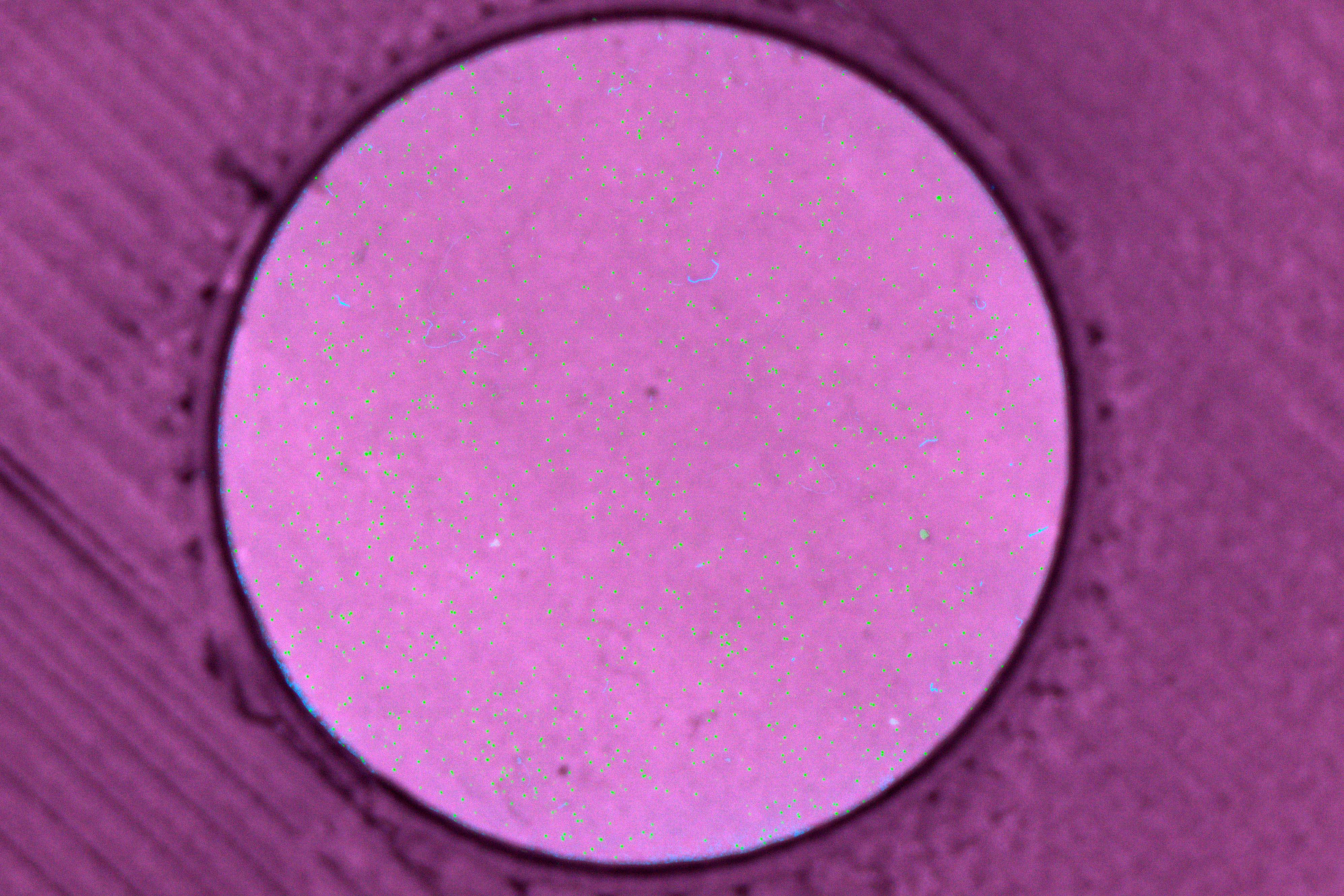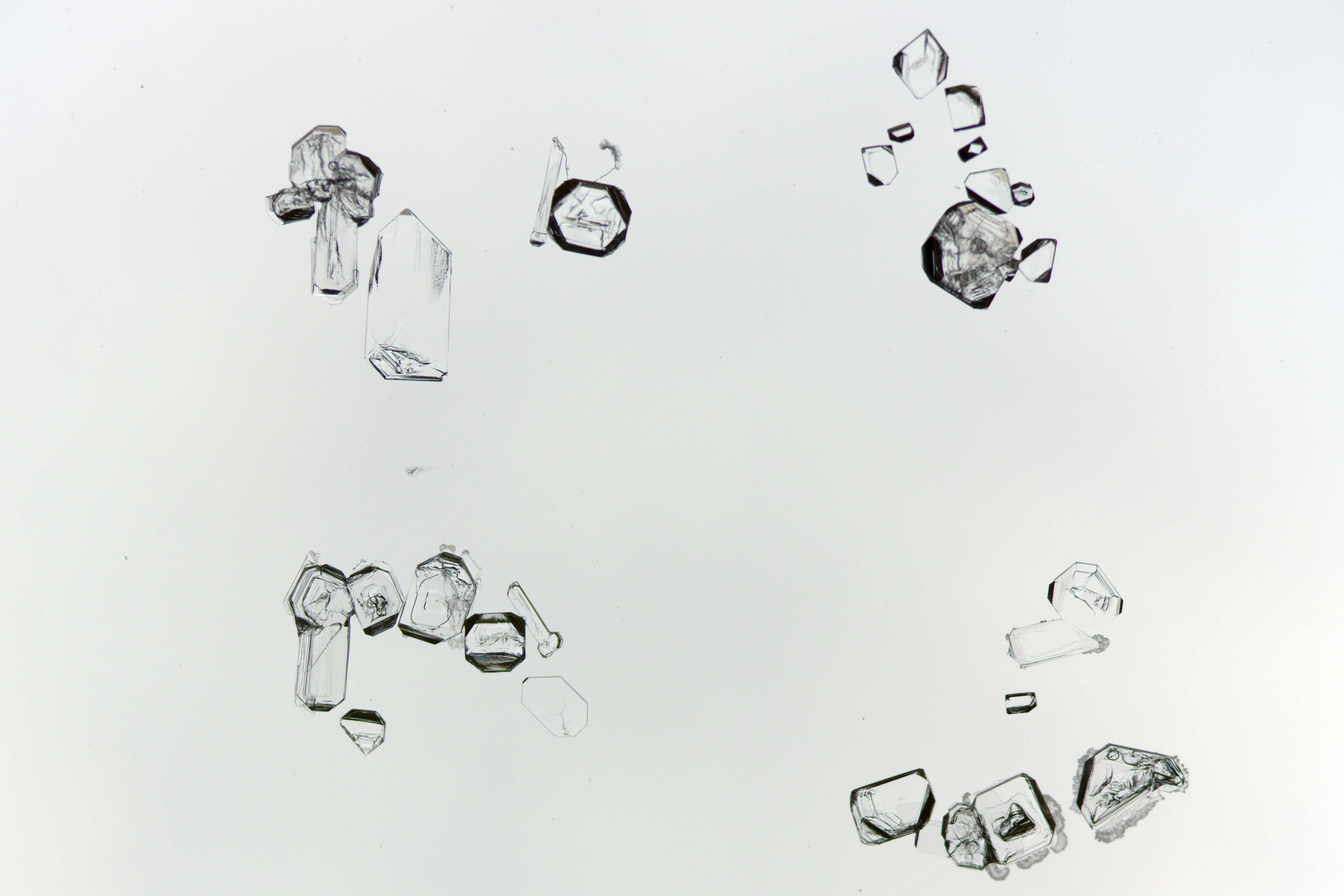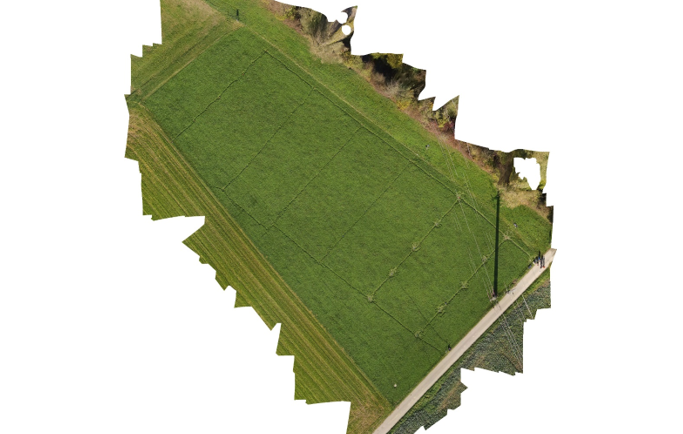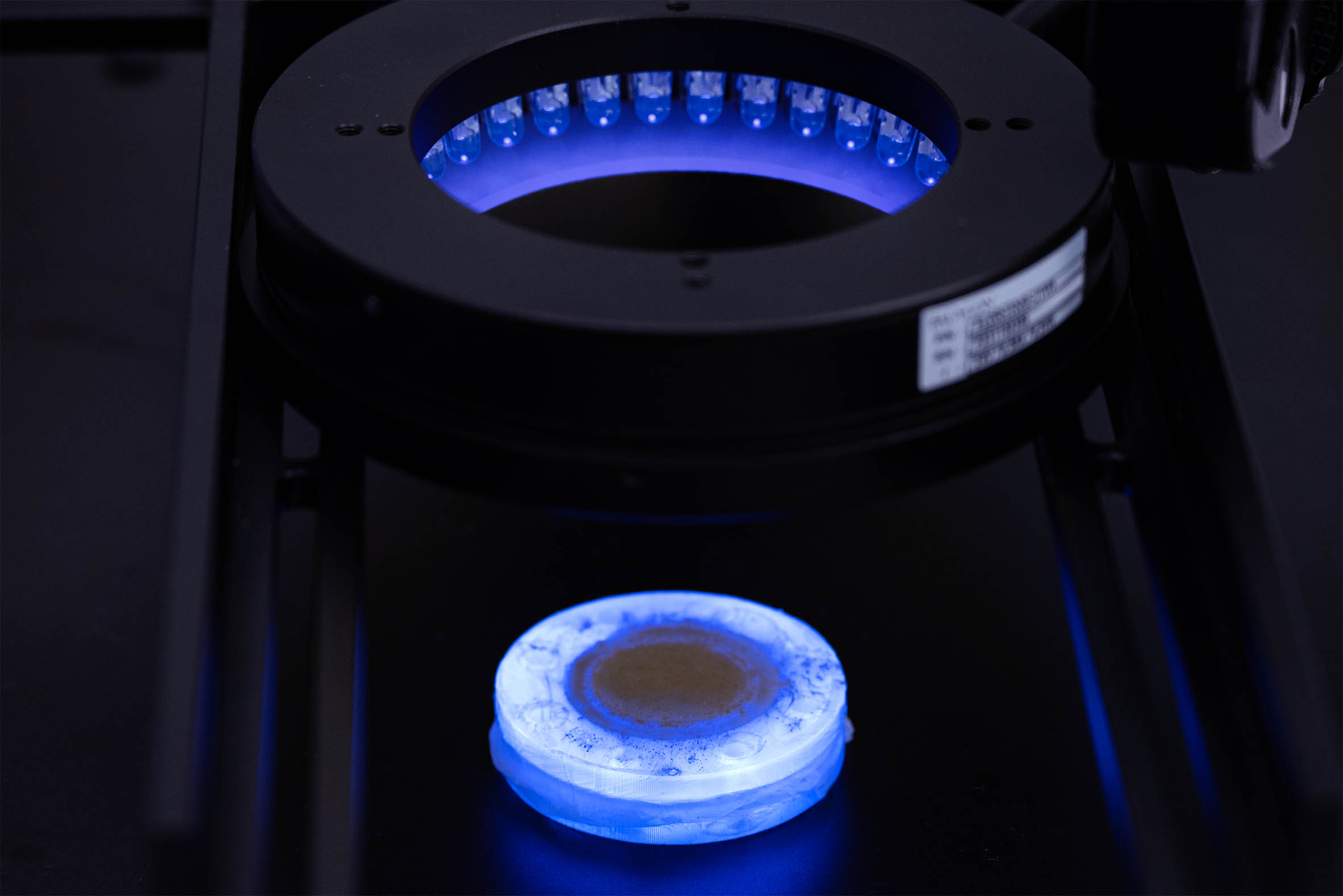AI Microscope for Microplastics and Counterfeit Detection: High-Tech Made in Switzerland
The University of Applied Sciences and Arts Northwestern Switzerland FHNW has developed a novel microscope that uses artificial intelligence not only to detect microscopic plastic particles but also to automatically count them. Originally designed for environmental research, this innovative system is now opening up new and exciting possibilities in fields like forensics and industrial quality control – such as the detection of counterfeit coins or watches.
This newly developed system combines advanced optics with custom-built software. It offers an exceptionally high resolution of 8 x 8 micrometers across a wide field of view (42 x 37 millimeters) – a technical balancing act made possible by a telecentric lens (Myutron MGTL0345V) and a high-resolution camera (Basler ace 2 R). Illumination is provided by UV/vis technology (Falcon FLDR-i100B-UV24-W), enabling the visualization of fluorescent microplastic particles.
The software, entirely developed in-house and based on Python, is the true intelligence behind the system. At its core is an AI-powered analysis tool that can automatically detect, classify, and quantify micrometer-sized fluorescent particles. The modular platform is easily adaptable for a wide range of applications – from field-based soil sample analysis (in-situ) to controlled laboratory settings (ex-situ).
Although originally intended to support research into microplastics in soils and water, the system has shown potential in a completely different domain: product authentication. Its ability to detect the tiniest variations in material structure, light reflection, and surface texture makes it a promising tool in the fight against counterfeiting. In the future, it could automatically detect differences in coin engravings or alloy composition, or examine microscopic surface details of watch cases.
"What we developed for environmental research may become a gamechanger in completely different fields – such as counterfeit detection or industrial quality assurance."
The development of the microscope is part of the SNF-funded project MIRACLE, which focuses on detecting and quantifying microplastics in agricultural soils. Microplastics (particles <5 mm) have already been found in drinking water, rivers, and oceans. However, their presence in soils remains poorly documented – largely due to the lack of standardized analysis methods. This is precisely where the project comes in: using hyperspectral imaging, artificial intelligence, and optional integration with drone platforms to detect macroplastics on agricultural fields.
The ultimate goal is to provide authorities, industry, and farmers with simple and cost-effective tools to monitor soil contamination over time and plan targeted mitigation strategies.
The ultimate goal is to provide authorities, industry, and farmers with simple and cost-effective tools to monitor soil contamination over time and plan targeted mitigation strategies.






